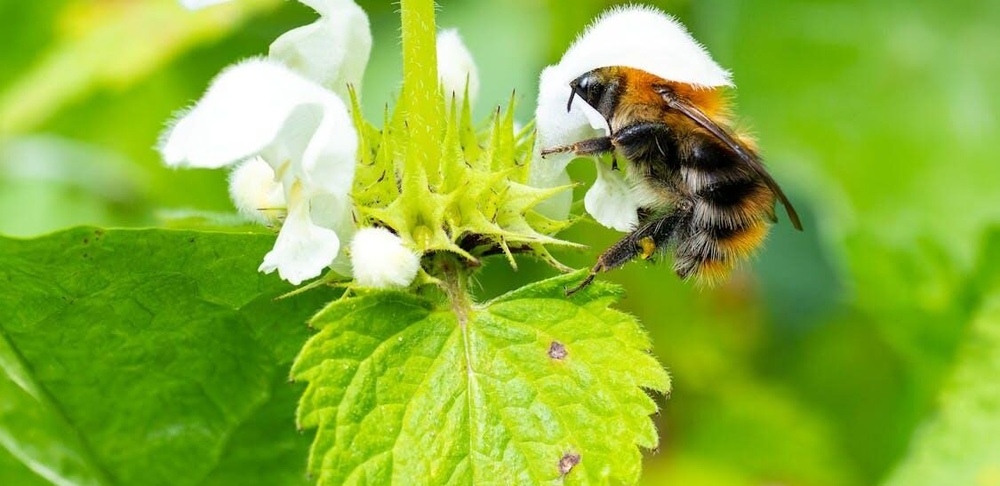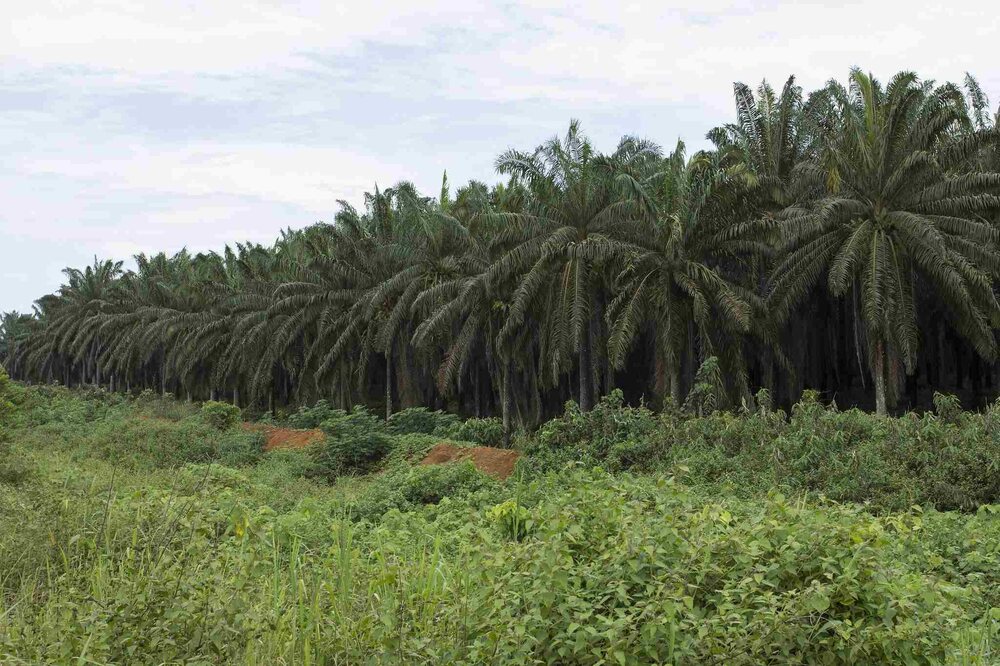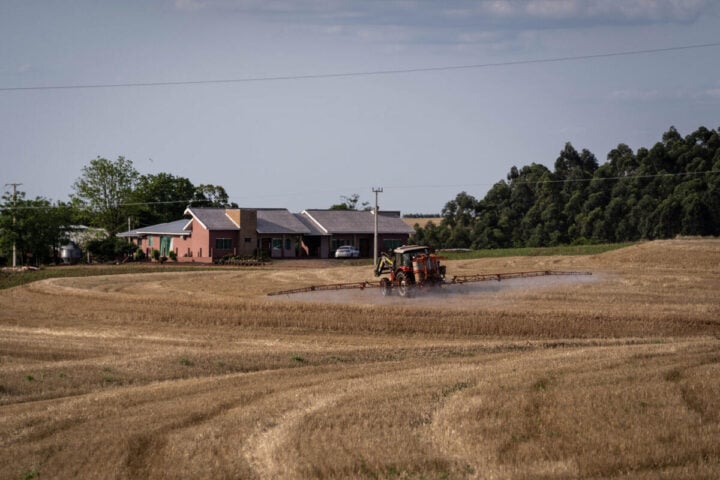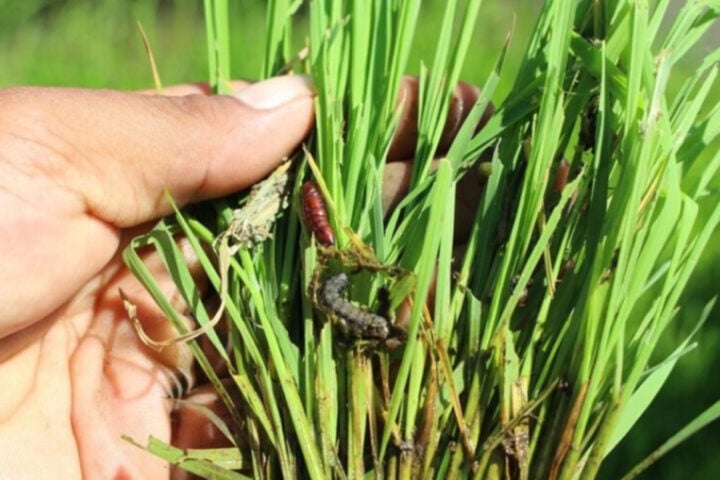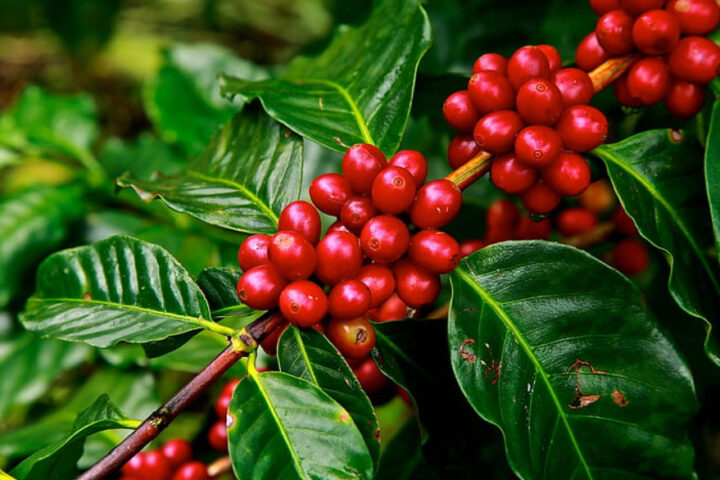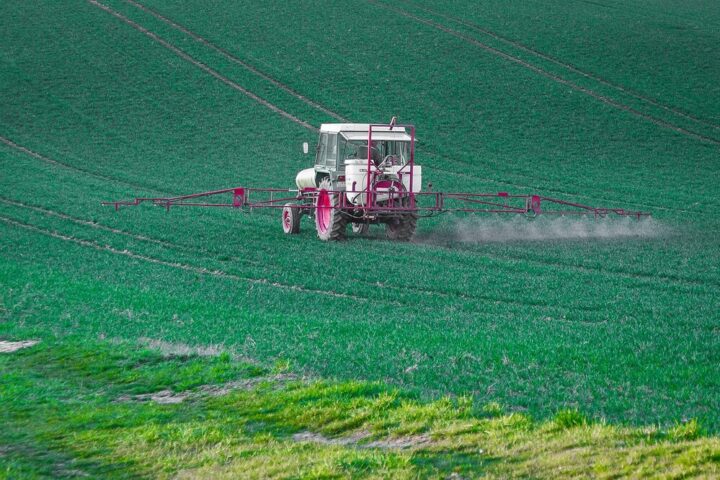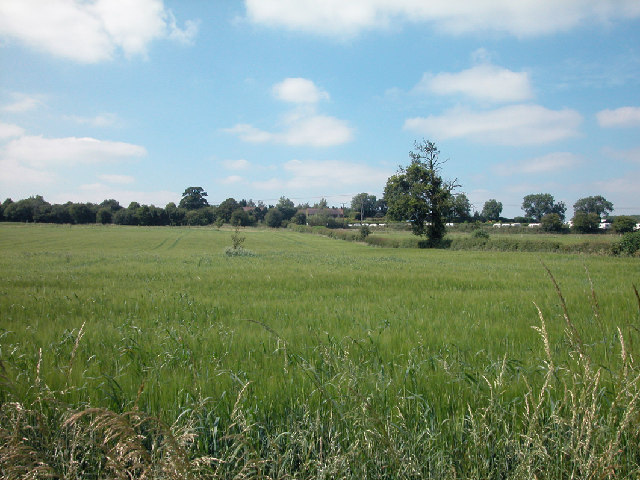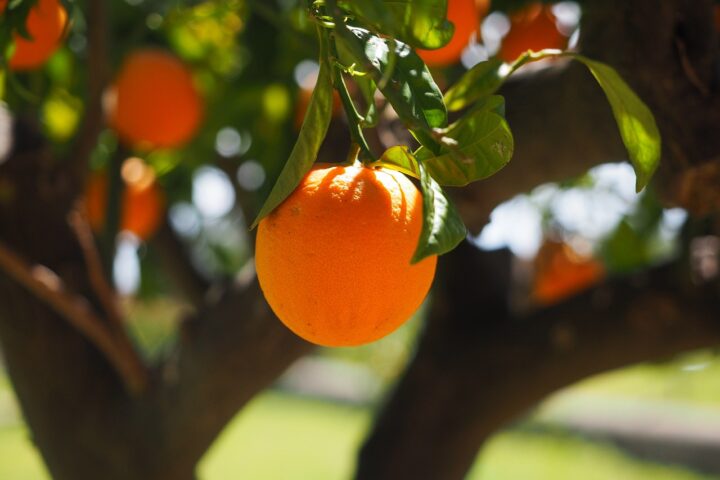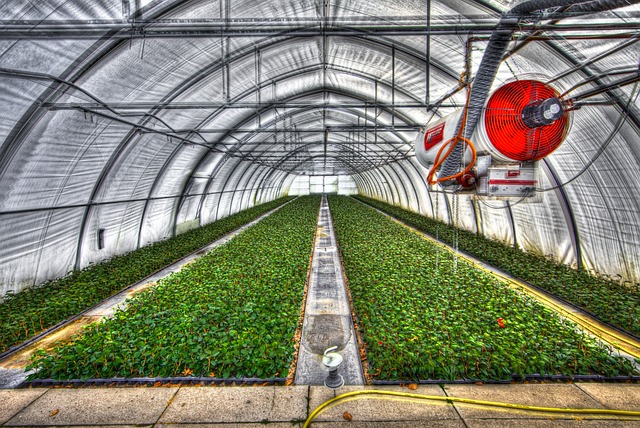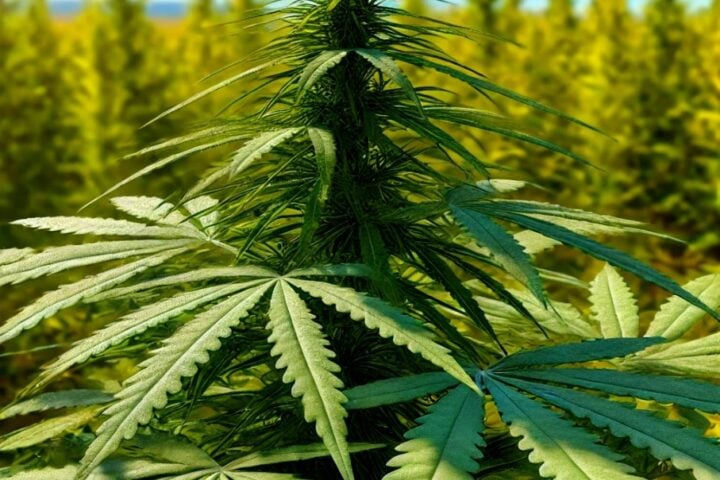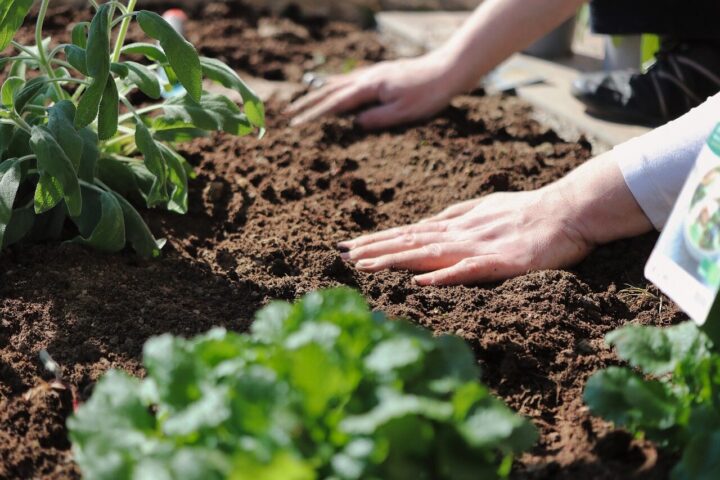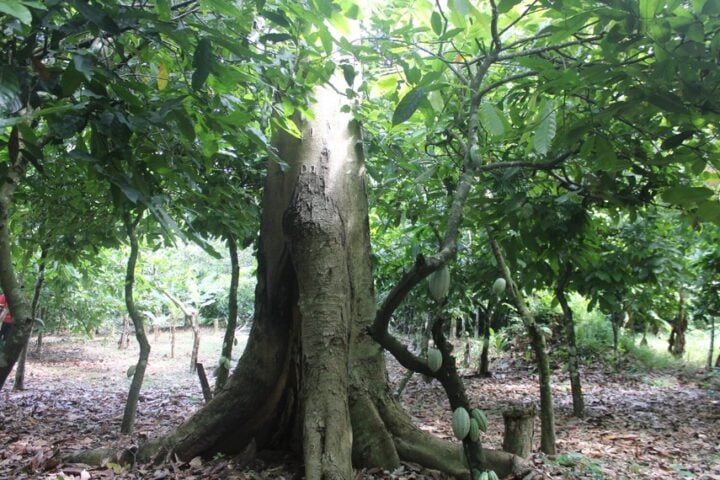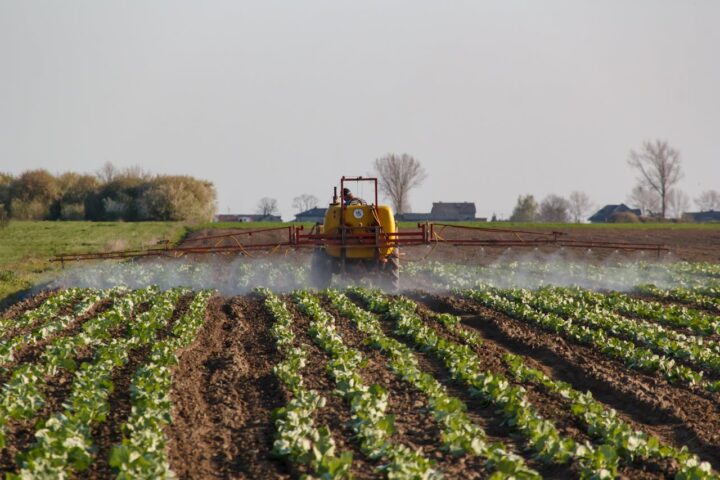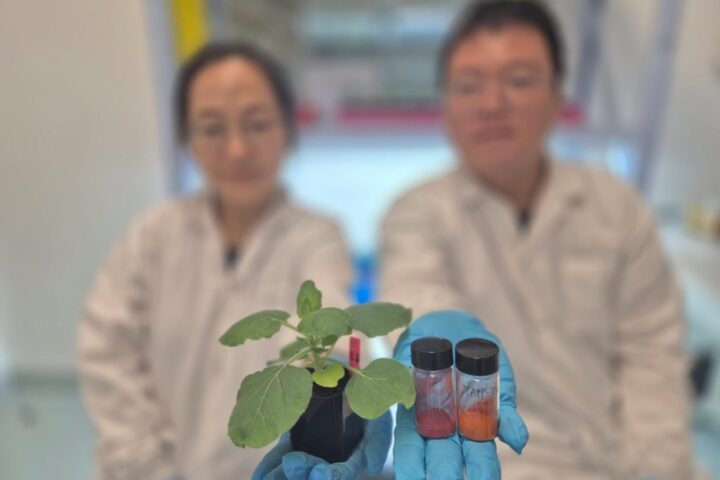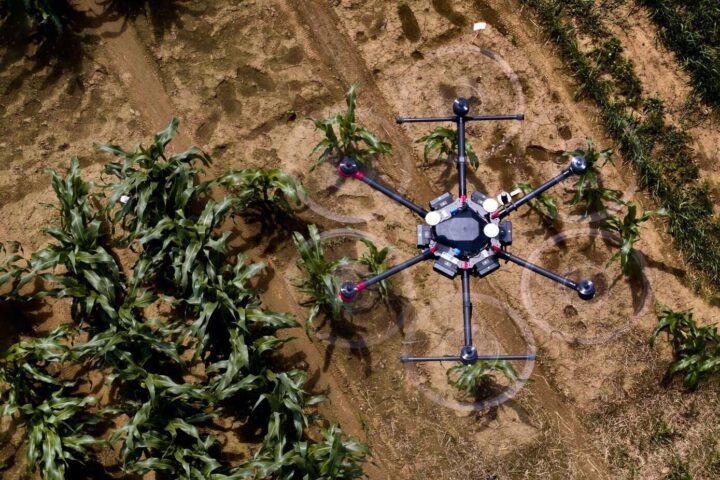Pesticide residue accumulation in agricultural soils threatens 70% of wild bee species through direct exposure during nesting and hibernation, according to a study published in Science by University of Ottawa scientists. The study measured soil pesticide concentrations at Ontario farm hibernation sites, finding levels of toxic cyantraniliprole compounds exceeding acute toxicity thresholds for multiple bee species.
Laboratory analyses documented how larger bumblebee queens showed increased mortality rates when exposed to field-realistic pesticide concentrations during simulated hibernation. These queens, traditionally advantaged by size for winter survival, face elevated exposure risks through increased soil contact.
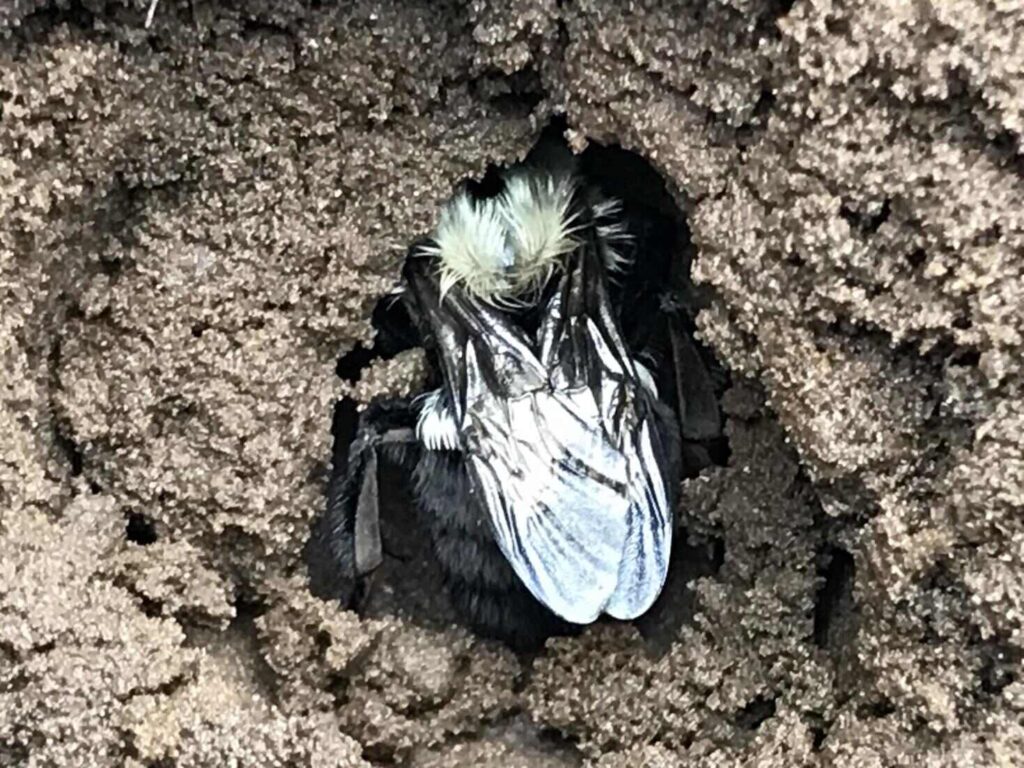
Wild bee population monitoring across North America indicates accelerating declines. Multiple studies in the USA have shown a consistent decline in the native bee population.
“Our findings show that over 70% of wild bee species, crucial for pollinating our food crops, face risks from pesticide residues in soil—a threat current regulations overlook,” explains lead researcher Dr. Sabrina Rondeau, NSERC Postdoctoral Fellow at Ottawa’s Department of Biology. Soil sampling revealed persistence of multiple pesticide compounds.
The research documented interaction between fungicides and insecticides having combined toxicity. Hoary squash bees (Peponapis pruinosa) exposed to field-realistic combinations showed reduced pollen collection efficiency and decreased offspring production compared to controls. Fungicide exposure complimented the toxicity effects of insecticides.
More Stories:
“Larger bumblebee queens, typically more likely to survive winter and establish successful colonies, were paradoxically more vulnerable to pesticide exposure,” notes Dr. Rondeau. Queens exposed to cyantraniliprole showed reduced survival and lower colony initiation rates post-hibernation.
Current EPA and international pesticide registration protocols rely on honey bee (Apis mellifera) acute contact toxicity tests, failing to assess chronic soil exposure pathways affecting ground-nesting species. Testing measures lethal dosage values through topical application rather than evaluating bioaccumulation from soil residues.
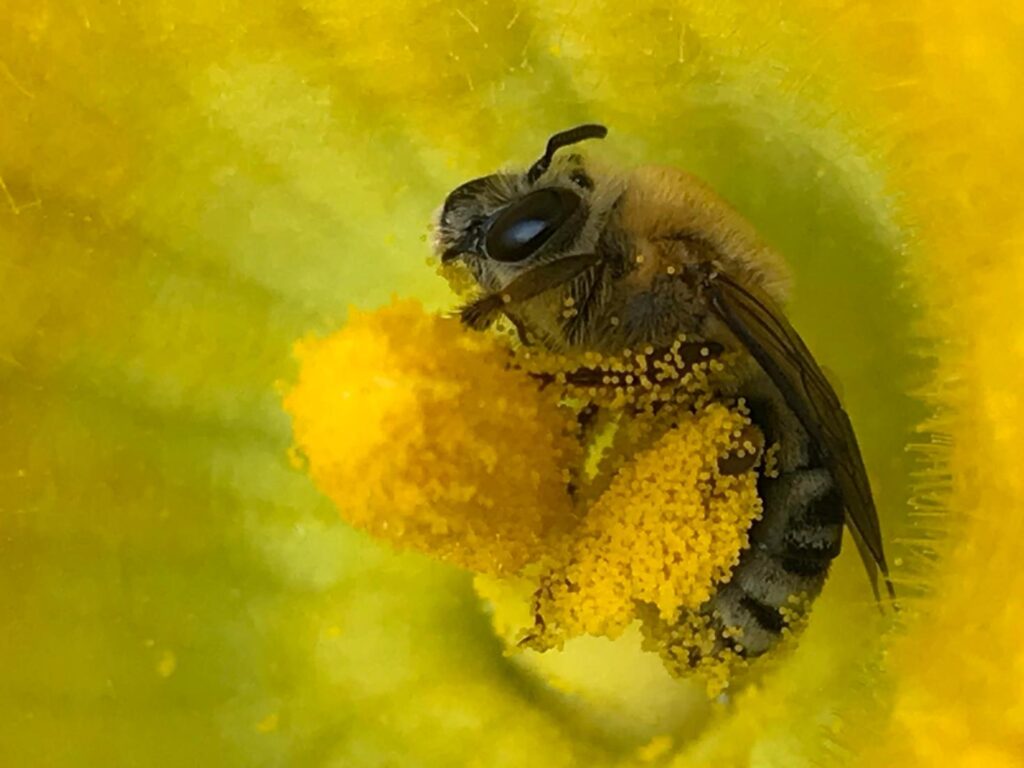
Economic modeling suggests wild bee population crashes could reduce U.S. crop yields, particularly affecting specialty crops like squash, pumpkins, and berries dependent on native pollinators. Alternative pest management strategies, including crop rotation, biological controls, and targeted application timing, could reduce soil contamination while maintaining yields.
“Our work demonstrates that protecting wild pollinators requires a fundamental rethinking of how we assess pesticide safety,” Dr. Rondeau concludes. “It’s crucial for safeguarding both our food systems and biodiversity.” Her team advocates reforming pesticide registration to require soil residue testing and species-specific risk assessment for ground-nesting bees.
